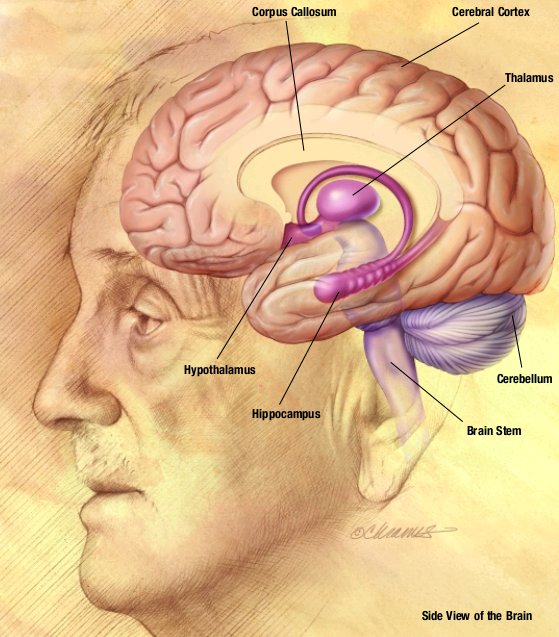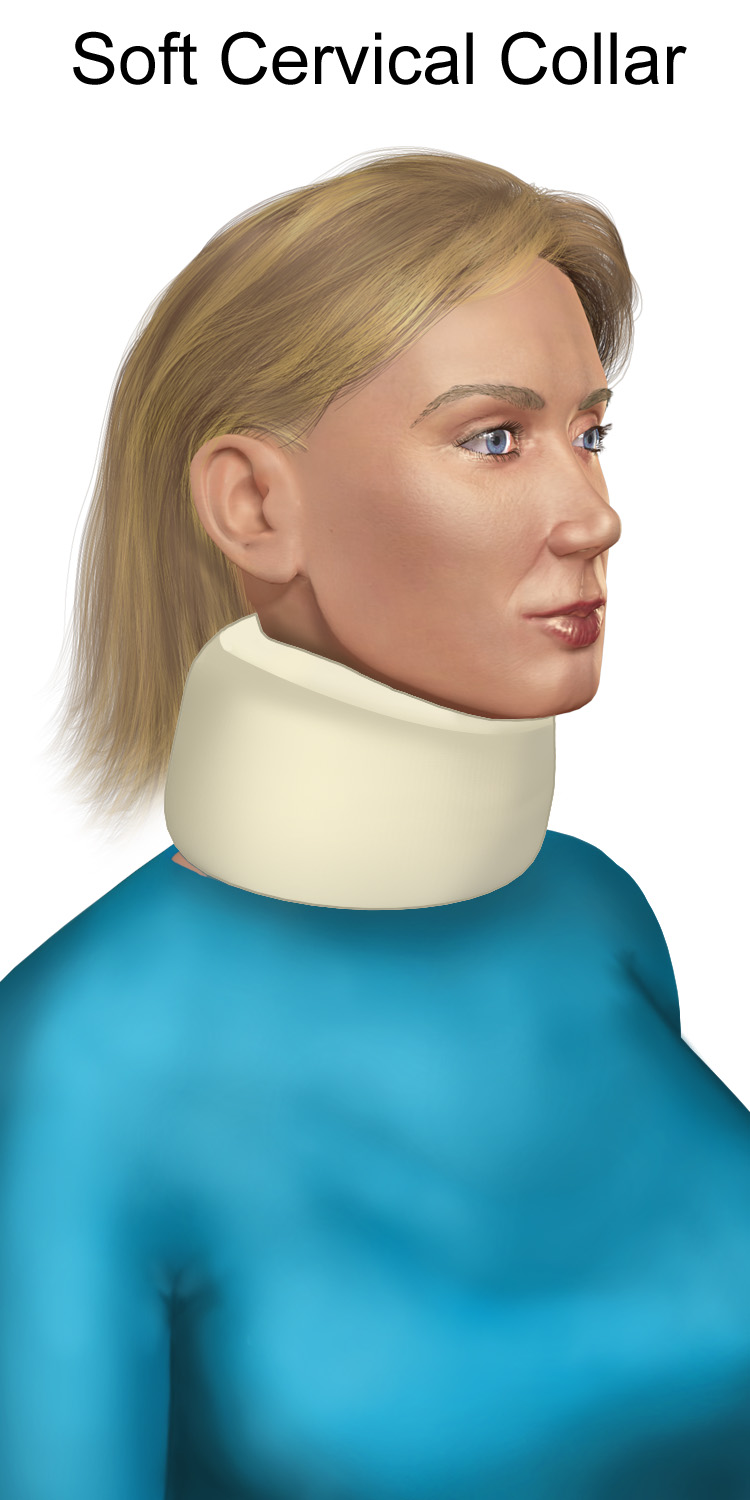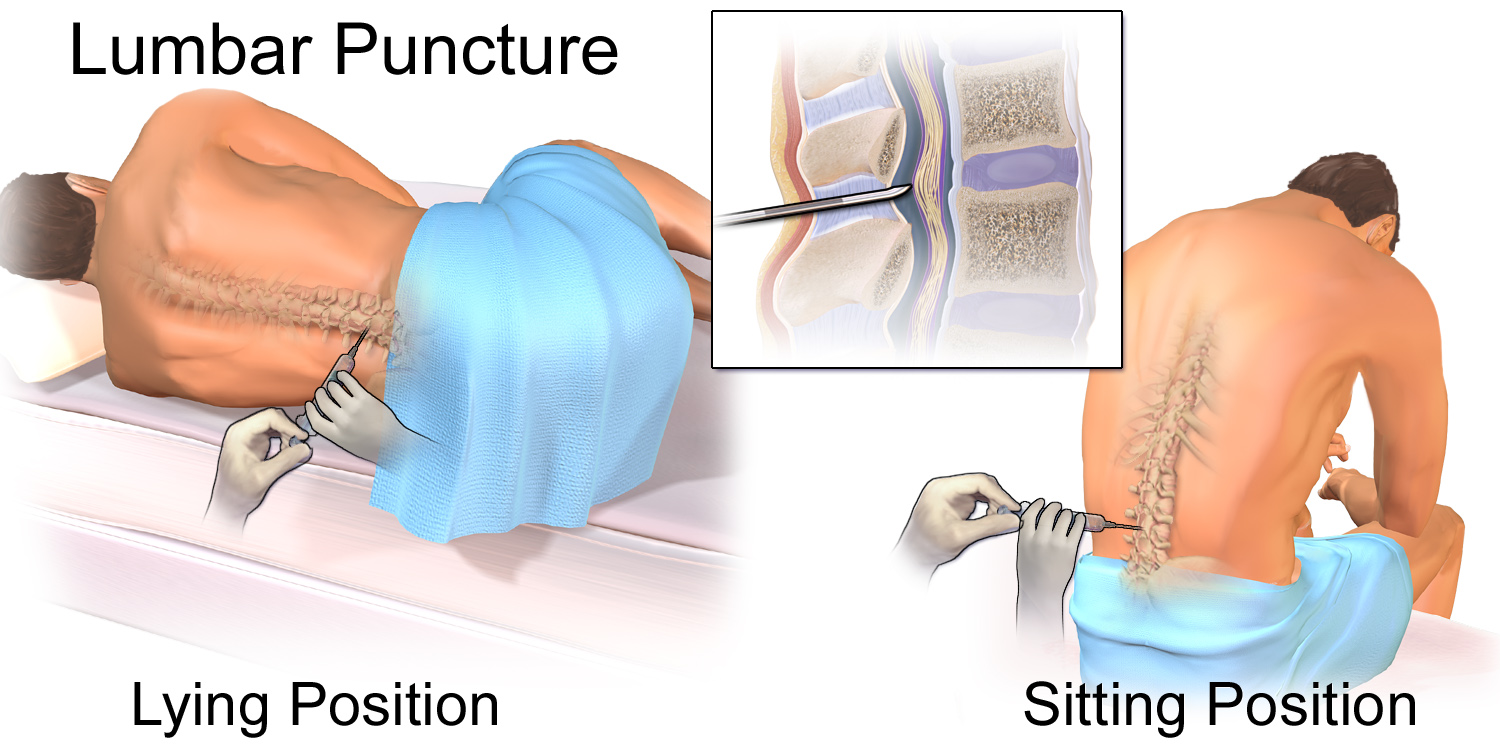Diagnostic imaging glossary
Diagnostic Imaging Glossary
Here a glossary filled with some current words used in the medical imaging world. It will help students who want to study in that field to learn some basic words they might use every day when they start their career. For those who don't know about Diagnostic Imaging, it's a field where some technicians take x-rays and many other types of exams and imaging to help radiologists and doctors to take care of patients and to diagnose diseases. It's something we have in every hospital and can be done in private center
- Bone
- Noun
- A rigid organ that constitutes part of the skeleton in most vertebrate animals. Bones protect the various other organs of the body, produce red and white blood cells, store minerals, provide structure and support for the body, and enable mobility
- Example: The muscle, BONE and fat will develop and the rate of growth can be controlled by the breed, the type of nourishment and the sex.
- en: Os
- Brain
- Noun
- Organ of soft nervous tissue contained in the skull of vertebrates, functioning as the coordinating center of sensation and intellectual and nervous activity.
- Example: As a consequence of the reduced need for highly sensitive olfaction, the olfactory bulbs, situated beneath the frontal lobes of the BRAIN, are greatly reduced in diurnal primate species
- en: Cerveau

- Catheter
- Noun
- A thin tube made from medical grade materials serving a broad range of functions. Catheters are medical devices that can be inserted in the body to treat diseases or perform a surgical procedure.
- Example: Prescription medical intervention Plan, commenced on the : Regular routine bloods Chest X-ray, ECG General medical review Urinary CATHETER required Remain nil by mouth, nasogastric tube required Optimise hydration to maintain renal function Follow-up swallow assessment with adoption of soft diet when deemed suitable Referral to occupational therapy, speech therapy and dietician.
- en: Cathéter

- Cervical collar
- Noun
- Cervical/neck collars are commonly used by patients who have had a surgical intervention of the cervical spine, to immobilise the neck. It is also used for the treatment of neck pain, caused by acute trauma or chronic pain.
- Example: Her most recent bout involved her c-spine where she described pain, morning stiffness, and fatigue, loss of flexion extension lateral movements and weakness that required a CERVICAL COLLAR for support.
- en: Collet cervical

- Compensating filter
- Noun
- In radiography, a filter that shields less dense areas to produce a more nearly uniform radiographic image.
- Example: To get a better x-ray result for the exam of the shoulder, technicians may need a COMPENSATOR FILTER to equalize the thickness of the structure because there are some difference between the fat and the muscles.
- en: Filtre compensateur

- Contrast medium
- Noun
- A substance introduced into a part of the body in order to improve the visibility of internal structure during radiography.
- Example: To find a pathology from the liver, it might need a CONTRAST MEDIUM to get to see the lesion between the rest of the strucutres.
- en: Contraste moyen or Produit de contraste
- Kidney
- Noun
- The kidneys are a pair of organs that are found on either side of the spine, just below the rib cage in the back. Kidneys: filter waste materials out of the blood and pass them out of the body as urine.
- Example: Diabetic nephropathy is the leading cause of complete KIDNEY failure, with approximately 8% of diabetics in the UK receiving treatment for KIDNEY disease (Diabetes UK, 2001).
- en: Reins

- Lead apron
- Noun
- The most common way of lead shielding is using a leaded apron or a lead apron which is a kind of defensive clothing which acts a shield from radiation that often is experienced during x ray diagnosis.
- Example: The lady asked to wear a LEAD APRON for the time of the imaging exam, to protect herself against radiation.
- en: Tablier de plomb

- Lumbar puncture
- Noun
- Also known as a spinal tap, is a medical procedure in which a needle is inserted into the spinal canal, most commonly to collect cerebrospinal fluid (CSF) for diagnostic testing.
- Example: To get a better diagnosis of his problem, the patient needs to get a LOMBAR PUNCTURE to get some fluids to be analyzed.
- en: Ponction lombaire

- Medication
- Noun
- A medication (also called medicament, medicine, pharmaceutical drug, medicinal drug or simply drug) is a drug used to diagnose, cure, treat, or prevent disease.
- Example: It is suggested this is also due to influences of the pharmaceutical companies who portray these types of MEDICATION as solutions for women's health instead of dealing with the actual problems in hand.
- en: Médication

- Needle
- Noun
- A small, slender, rodlike instrument, usually of polished steel, with a sharp point at one end and an eye or hole for thread at the other, for passing thread through cloth to make stitches in sewing.
- Example: To get the vaccine, nurses have to use NEEDLES to introduce the medication into the patient's arm.
- en: Aiguille

- Nurse
- Noun
- A person who is trained to care for sick or injured people and who usually works in a hospital or doctor's office.
- Example: As a practitioner, it is very important to understand the usage and technology behind these techniques since it can be frightening for a patient to think that they have a problem within their brain. The NURSE's role is to educate them about the procedure and offer comfort where possible.
- en: Infirmière

- Operating room
- Noun
- A room in a hospital specially equipped for surgical operations.
- Example: The patient will get his surgery in the OPERATION ROOM.
- en: Salle d'opération

- Prescription
- Noun
- A prescription is the piece of paper on which your doctor writes an order for medicine and which you give to a pharmacist to get the medicine.
- Example: some drugs can be dangerous, so the doctor fills a PRESCRIPTION for medications with the safe quantity for not causing death or trouble when taken by the patient.
- en: Presciption

- Prosthesis
- Noun
- An artificial device that replaces a missing body part, which may be lost through trauma, disease, or a condition present at birth .
- Example: For a hip replacement, the deformed cartilage tissue in complete hip replacement is shown as the basis of many problems. This highly deformed cartilage tissue and all damaged tissues around it are removed. Subsequently, the special PROSTHESIS parts that are determined within the framework of individual diagnostic applications are integrated into the new hip joint.
- en: Prothèse

- Radiologist
- Noun
- Radiologists are medical doctors who specialize in diagnosing and treating disease and injury by using medical imaging equipment.
- Example: The care of patients with a brain tumour is multidisciplinary and requires the assistance of a neurosurgeon, an oncologist, a RADIOLOGIST, an expert in radiation therapy and various members of the nursing team.
- en: Radiologiste

- Restraints
- Noun
- An instrument or a means of restraining the patient to prevent movement move
- Example: The patient was very stressed and kept moving so the nurses had to use restrains to keep the patient stable on the table during the exam.
- en: Contentions

- Sterile field
- Noun
- A sterile field is an area created by placing sterile surgical drapes around the patient's surgical site and on the stand that will hold sterile instruments and other items needed during surgery.
- Example: To proceed tot the surgery, surgeons had to put a STERIL FIELD on the top of the patient, to protect the surgical site from bacteria.
- en: Champ stérile
- Syringe
- Noun
- A device used to inject fluids into or withdraw them from something (such as the body or its cavities): such as. a : a device that consists of a nozzle of varying length and a compressible rubber bulb and is used for injection or irrigation.
- Example: Six millilitres of blood were drawn into a SYRINGE containing 11 ml of acid citrate dextrose, dispensed into two sterile polythene tubes, and allowed to sediment for one hour at room temperature.
- en: Seringue
- Wheelchair
- Noun
- A wheelchair is a chair with wheels, used when walking is difficult or impossible due to illness, injury, problems related to old age, or disability.
- Example: Most patients with Duchenne muscular dystrophy lose their independent mobility and may be confined to a WHEELCHAIR by the age of 12, but many spend some time standing with a suitable support.
- en: Chaise roulante ou fauteuil roulant

https://en.wikipedia.org/wiki/File:Human_arm_bones_diagram.svg
ReplyDeleteI suggest replacing your first image for 'bones' with the one in this link. It would serve your purpose better.
Delete